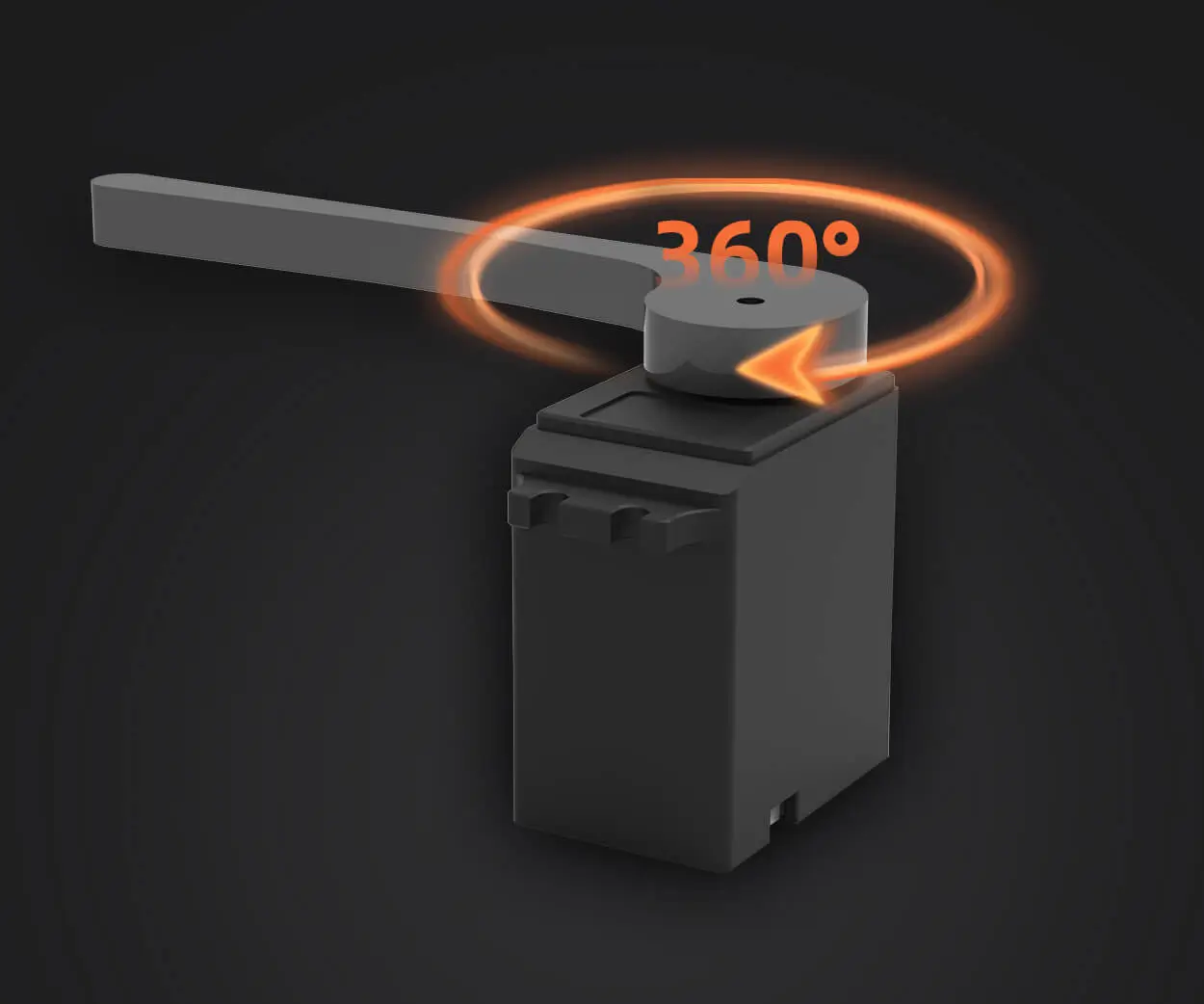In a world where innovation and creativity flourish on small scales, hobby gearmotors stand out as the silent heroes behind many ingenious projects. For those who’ve ever wondered what makes a tiny robot move or a miniature vehicle cruise smoothly, the answer often comes down to one critical component: the gearmotor. But what exactly is a hobby gearmotor, and why has it become such a staple in the landscape of DIY electronics, robotics, and small-scale engineering?

Imagine a device that combines the raw power of an electric motor with a meticulously crafted set of gears. This combination allows for precise control over speed, torque, and movement—perfectly suited for hobbyists and professionals alike. These small yet powerful units are designed not only for efficiency but also for versatility, making them an essential element in countless creative projects.
The Birth of the Hobby Gearmotor
The concept of a gearmotor is not new. For decades, engineers and inventors have utilized geared motors to amplify torque and regulate speed in various machines. However, it wasn’t until the advent of miniaturized electronic components that gearmotors found their new home in the realm of hobbies and DIY tech. This evolution was driven by the rapid expansion of robotics, remote-controlled vehicles, automation kits, and educational tools aimed at budding engineers.
The term "hobby gearmotor" typically refers to small, lightweight gear-driven electric motors intended for non-commercial, personal projects. These motors typically feature a gear train—an assembly of gears that reduces the high rotational speed of the motor’s spindle into a more manageable, controlled output. The gear reduction not only boosts torque but also enables smoother and more precise movements.
Breaking Down the Components
To understand the magic of a hobby gearmotor, it helps to look at what’s inside:
Motor Core: Usually a DC motor, which converts electrical energy into rotational motion. These motors are often brushed or brushless, each with their advantages in efficiency and maintenance. Gear Train: A series of gears, such as spur gears, planetary gears, or worm gears, designed to modulate speed and torque. The gear ratio is a crucial factor—higher gear ratios mean more torque and lower speed, essential for tasks like lifting or gripping. Housing: A compact casing that keeps all components aligned and protected from dust, debris, and physical shocks. Electrical Connections: Wires or terminals that connect the gearmotor to a power source and control circuitry.
This modular design allows hobbyists to customize their projects, mixing and matching gear ratios depending on whether they need quick movement, lifting capacity, or delicate handling.
Why Are Hobby Gearmotors So Popular?
The demand for tiny yet powerful motors has skyrocketed due to the increasing popularity of DIY robotics, drone building, and educational electronics. Hobby gearmotors are prized because of several compelling features:
Size and Weight: Their compactness makes them suitable for space-constrained applications like miniature robots, model vehicles, or wearable tech. Cost-Effectiveness: They are generally affordable, which encourages experimentation, learning, and innovation. Ease of Use: Many hobby gearmotors are compatible with common power supplies and controllers like Arduino or Raspberry Pi, making them accessible for beginners and seasoned engineers alike. Versatility: They are available in a wide range of gear ratios, voltages, and power ratings, allowing for a tailored fit for almost any project.
Common Types of Hobby Gearmotors
The world of hobby gearmotors is diverse and caters to countless different needs. Some of the most widespread types include:
DC Gearmotors: The most common type, powered by direct current, easily controlled with simple circuits and pulse-width modulation (PWM). Servo Motors: Slightly different from gearmotors, as they include built-in feedback systems for precise position control, often used in RC vehicles and robotic arms. Stepper Gearmotors: Provide incremental movement, allowing for precise control over position without feedback systems, ideal for 3D printers and CNC machines.
Applications That Light Up the Hobby Gearmotor World
The real excitement begins when these small engines are put to work. Hobby gearmotors are used extensively in:
Robotics: From simple line-following robots to complex humanoids, gearmotors are the backbone of mobile and manipulative functions. Model Vehicles: Cars, boats, and airplanes rely on gearmotors for propulsion, steering, and control systems. Educational Kits: Many STEM kits incorporate gearmotors to teach principles of mechanics, electronics, and programming. Home Automation: Small-scale projects such as automated blinds, small conveyor belts, or artistic installations benefit from hobby gearmotors.
The Growing Market and Future Trends
As technology advances, the landscape of hobby gearmotors is continuously evolving. Miniaturization continues to improve, with newer models featuring even higher efficiency and reduced power consumption. At the same time, smart gearmotors integrated with sensors and wireless control modules are opening doors to more autonomous and intelligent projects.
The market for hobby gearmotors seems poised to expand further, fueled by the rising popularity of robotics competitions, educational initiatives worldwide, and maker culture. As more hobbyists explore the limits of what they can create with these tiny yet mighty devices, the future is bound to be full of innovative, mechanically enhanced marvels.
Established in 2005, Kpower has been dedicated to a professional compact motion unit manufacturer, headquartered in Dongguan, Guangdong Province, China.




































